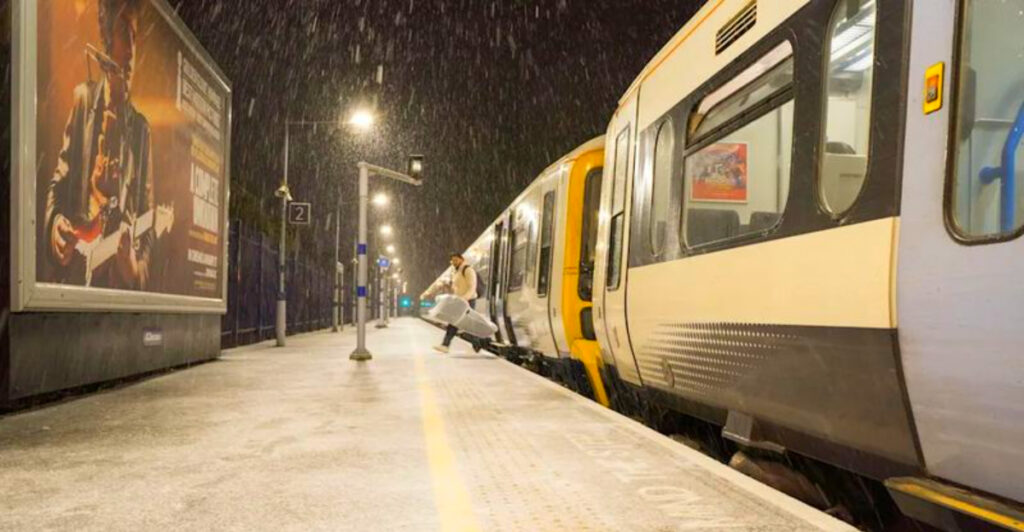Traveling by train or bus can be one of the most exciting ways to explore new places, but without the right preparation, your journey can quickly turn stressful. Whether you’re crossing continents or just hopping between cities, knowing a few insider tricks can save you time, money, and headaches. From navigating crowded stations to claiming refunds when delays happen, these practical hacks will help you travel smarter and more comfortably on every overland adventure.
1. Plan smarter with multimodal tools
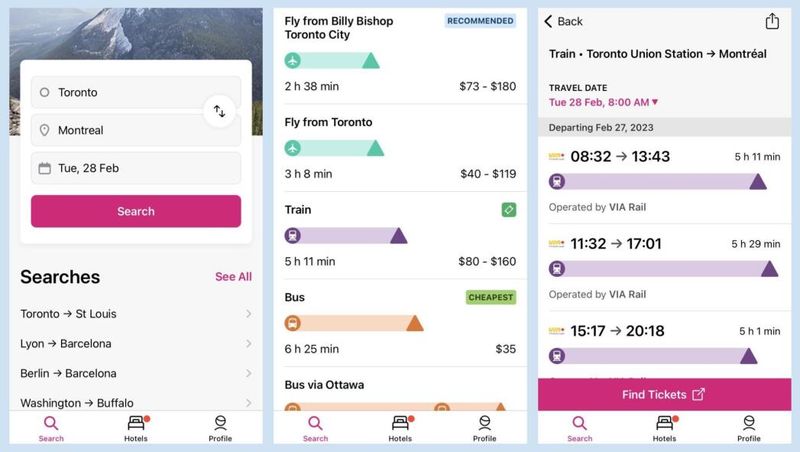
Before you book anything, compare route times and costs across trains and buses in one place. Rome2Rio aggregates options door-to-door and shows typical duration and price ranges, which helps you decide whether rail or coach fits your plan (and where to change).
This tool is especially handy when you’re exploring unfamiliar regions or weighing different travel modes. Instead of jumping between multiple websites, you can see everything side-by-side in seconds.
Making informed choices early means fewer surprises later. You’ll know exactly what to expect before you commit your budget or your schedule.
2. Download offline maps (and pin stations)

Cell service can drop in tunnels or rural stretches. Save offline maps for your cities and key stations or stops so you can navigate without data.
Pinning important locations—like your hotel, the bus terminal, or the train station—makes finding your way effortless even when Wi-Fi disappears. Toggle auto-update so your downloads refresh periodically and stay current.
Getting lost without a connection is frustrating and wastes precious travel time. A little prep before departure keeps you confident and on track no matter where the rails or roads take you.
3. Know when seats are mandatory (and grab quiet zones)
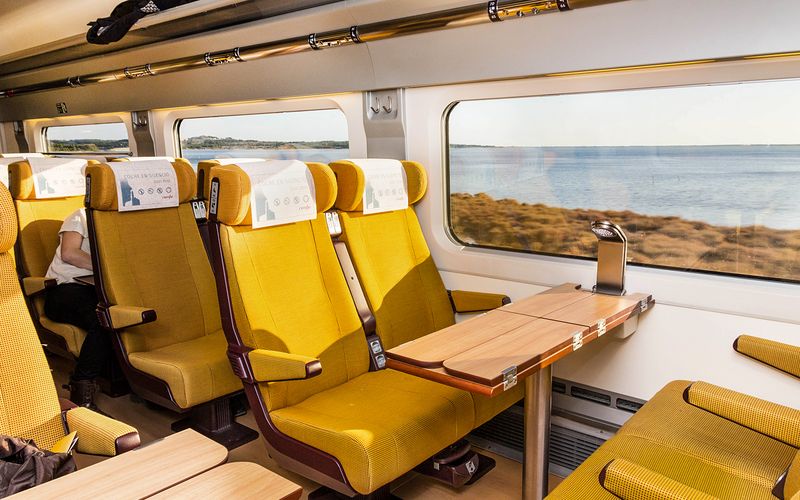
In Europe, many high-speed and all night trains require reservations—especially in France, Italy, and Spain. Book early to guarantee your spot and sit where you prefer.
In the U.S., Amtrak’s Quiet Car on many corridor trains offers a low-noise cabin with no calls and hushed voices for productive travel. Knowing these options ahead of time means you won’t scramble at the platform or end up standing.
Securing the right seat can transform a long journey from chaotic to peaceful. A little advance planning goes a long way toward comfort and calm.
4. Pack to policy to avoid fees or stress
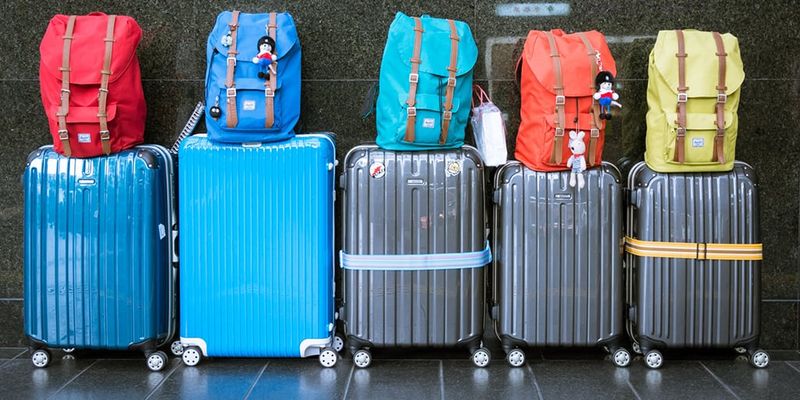
Luggage rules vary by operator. Example: Amtrak allows personal items and carry-ons within specific size and weight limits; excess bags can incur a fee.
Major coach carriers like FlixBus publish clear guidance for hand and stowed bags—check before you go so you aren’t repacking at the curb. Knowing the limits helps you pack smarter and lighter.
Nobody wants to pay surprise charges or wrestle with overstuffed suitcases at departure time. A quick policy review saves hassle and keeps boarding smooth and stress-free for everyone involved.
5. Power and Wi-Fi: assume maybe, not always
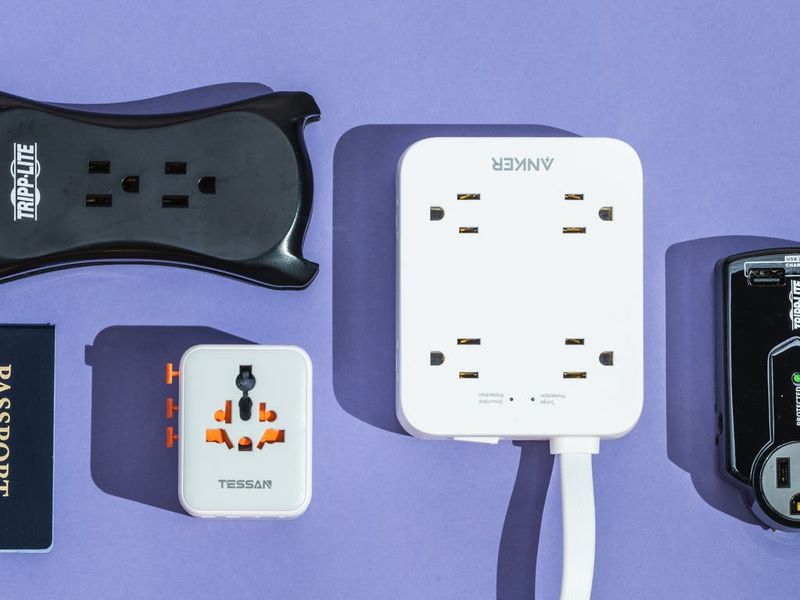
Many intercity buses—like FlixBus—advertise onboard Wi-Fi and power outlets, but availability can vary by vehicle and route. Bring a charged power bank so you’re covered if sockets are scarce or offline.
Relying solely on bus amenities can leave you stranded mid-trip with a dead phone or tablet. A backup battery ensures you stay connected, entertained, and reachable no matter what.
Prepared travelers enjoy peace of mind and uninterrupted entertainment. Don’t gamble on amenities; pack your own power solution and travel worry-free every single time.
6. Keep essentials within reach
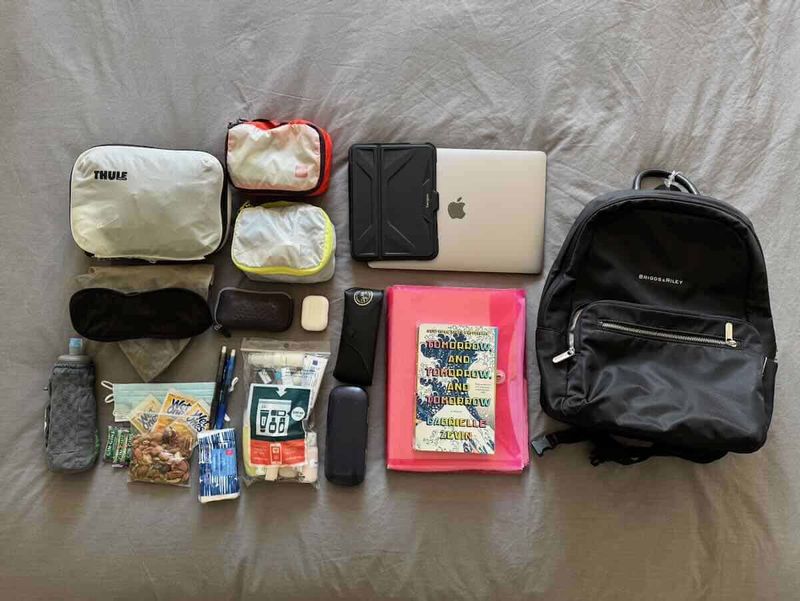
Medications, chargers, valuables, a light jacket, and a small snack should live in your daypack under the seat—not in overhead racks or the luggage hold. If you step off briefly at a stop, take that bag with you.
Storing critical items where you can’t reach them mid-journey creates unnecessary stress and risk. Easy access means comfort, security, and convenience throughout the ride.
Common-sense travel hygiene keeps your trip smooth and your belongings safe. A well-organized daypack is your best friend on any overland adventure, short or long.
7. Claim what you’re owed when delays hit

Know your rights: EU rail passengers have codified protections for assistance, reimbursement, and compensation in cases like long delays, missed connections, or cancellations under Regulation (EU) 2021/782. In Britain, Delay Repay is a national scheme many operators use—you can claim directly with the train company.
Most travelers don’t realize they’re entitled to money back when things go wrong. A few minutes filing a claim can put cash back in your pocket.
Don’t leave money on the table. Understanding your passenger rights turns frustration into fair compensation and makes operators more accountable.
8. Use official apps for reliable platform and coach info
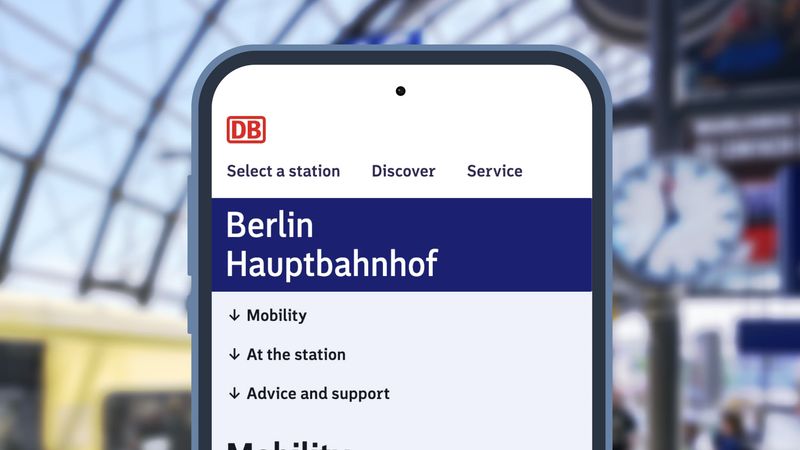
Apps like DB Navigator (Germany) show real-time updates, platform changes, coach layouts, and let you buy or hold digital tickets and reservations—handy when stations are crowded or announcements are in another language.
Official apps are more accurate than third-party sites and often include features like seat maps and service alerts. You’ll navigate stations like a local even on your first visit.
Confidence and clarity replace confusion and missed trains. Download the operator’s app before you travel and enjoy stress-free, up-to-the-minute information at your fingertips.
9. Overnight? Choose the right accommodation tier

On night trains you’ll generally pick between a reclining seat (cheapest), a couchette (shared bunks), or a sleeper (more private). The Man in Seat 61 and Rick Steves explain what to expect so you book the comfort level that matches your budget and sleep needs.
Choosing the wrong tier can mean a sleepless night or overspending on luxury you don’t need. Research helps you balance cost and comfort perfectly.
A good night’s rest makes all the difference when you arrive. Invest in the right accommodation and wake up refreshed, ready to explore your destination.
10. Screenshot and save your tickets

Even with app tickets, save PDFs and take screenshots—barcode and booking code—in case the app won’t load at inspection time. Store them in a Tickets album alongside your offline maps.
Apps can crash, lose connection, or fail to refresh when you need them most. Having backups means you’re never caught unprepared when the conductor arrives.
This simple habit takes seconds but can save your entire trip from derailment. Redundancy is smart travel hygiene that every seasoned overland adventurer swears by for peace of mind.
11. Book tickets early for the best deals

Rail and bus fares often work like airline tickets: the earlier you book, the cheaper the seat. Operators release discounted advance tickets weeks or even months before departure, and prices climb as travel dates approach.
Flexibility with travel times can unlock even deeper savings. Off-peak and midweek journeys usually cost less than weekend or rush-hour trips.
Spontaneity has its charm, but planning ahead keeps more money in your wallet. Set fare alerts or check booking windows regularly to snag the lowest prices available.
12. Dress in layers for unpredictable climates

Onboard temperatures can swing wildly—air conditioning might blast in summer, or heating may fail in winter. Layering lets you adapt quickly without discomfort.
A light jacket, scarf, or hoodie tucked in your daypack takes up minimal space but offers maximum flexibility. You’ll stay comfortable whether the cabin is freezing or stuffy.
Comfort directly impacts how much you enjoy the journey. Don’t let climate control ruin your trip; dress smart and adjust as conditions change throughout the day or night.
13. Bring your own snacks and water

Onboard cafes and vending machines can be pricey, limited, or closed entirely on some routes. Packing your own snacks and a refillable water bottle keeps you fueled and hydrated without breaking the bank.
Healthy options like nuts, fruit, or granola bars travel well and won’t make a mess. Staying nourished helps you avoid fatigue and crankiness on long hauls.
Self-sufficiency means you’re never at the mercy of limited selections or inflated prices. A little prep goes a long way toward a happier, more comfortable journey.
14. Arrive early to find your platform and coach
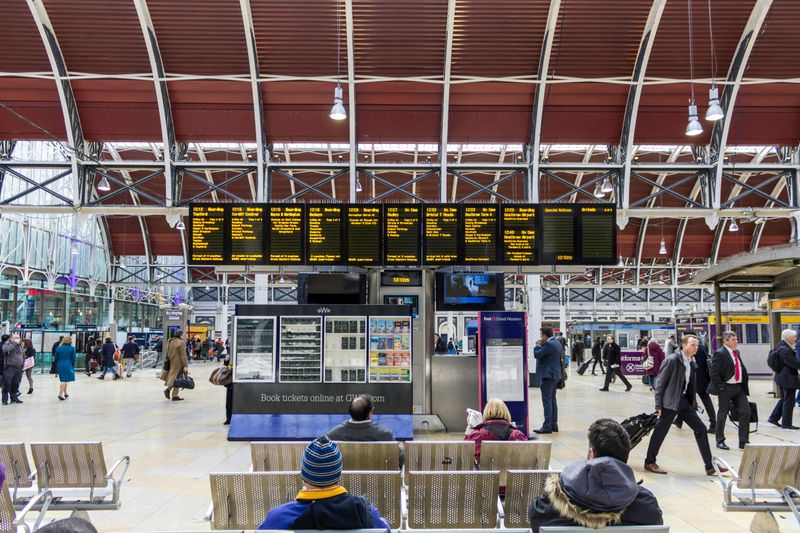
Large stations can be confusing, and platform assignments sometimes change at the last minute. Arriving with a buffer gives you time to locate your departure point, find your coach, and board calmly.
Rushing leads to mistakes—wrong trains, missed departures, or forgotten belongings. A few extra minutes eliminates stress and ensures a smooth start to your trip.
Punctuality is part of smart travel. Build in margin for the unexpected, and you’ll board confidently every time, ready to settle in and enjoy the ride ahead.
15. Stay alert at stops and guard your belongings
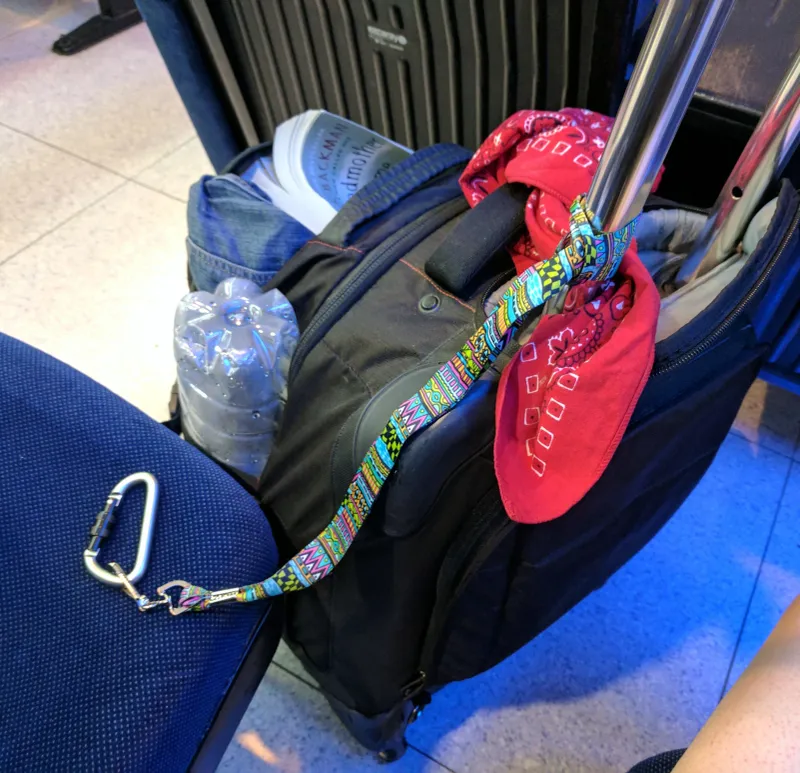
Brief station or rest stops are prime opportunities for theft. Keep your daypack with you, and never leave valuables unattended—even for a quick bathroom break or snack run.
Watch your belongings in overhead racks and stay aware of who’s around you. Opportunistic thieves work fast in crowded, transient environments like stations and terminals.
Vigilance protects your trip and your peace of mind. A little awareness goes a long way toward keeping your gear safe and your journey trouble-free from start to finish.

